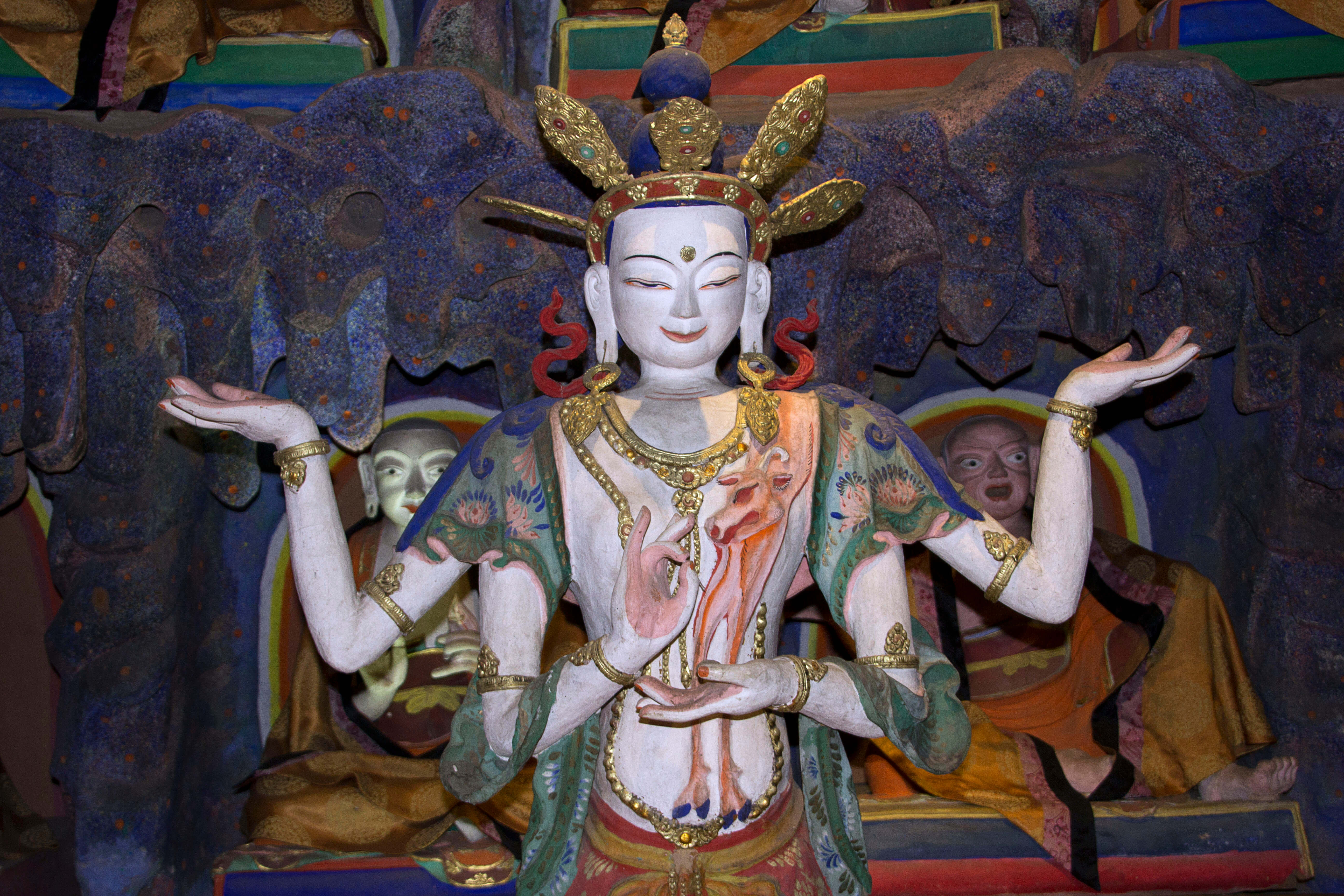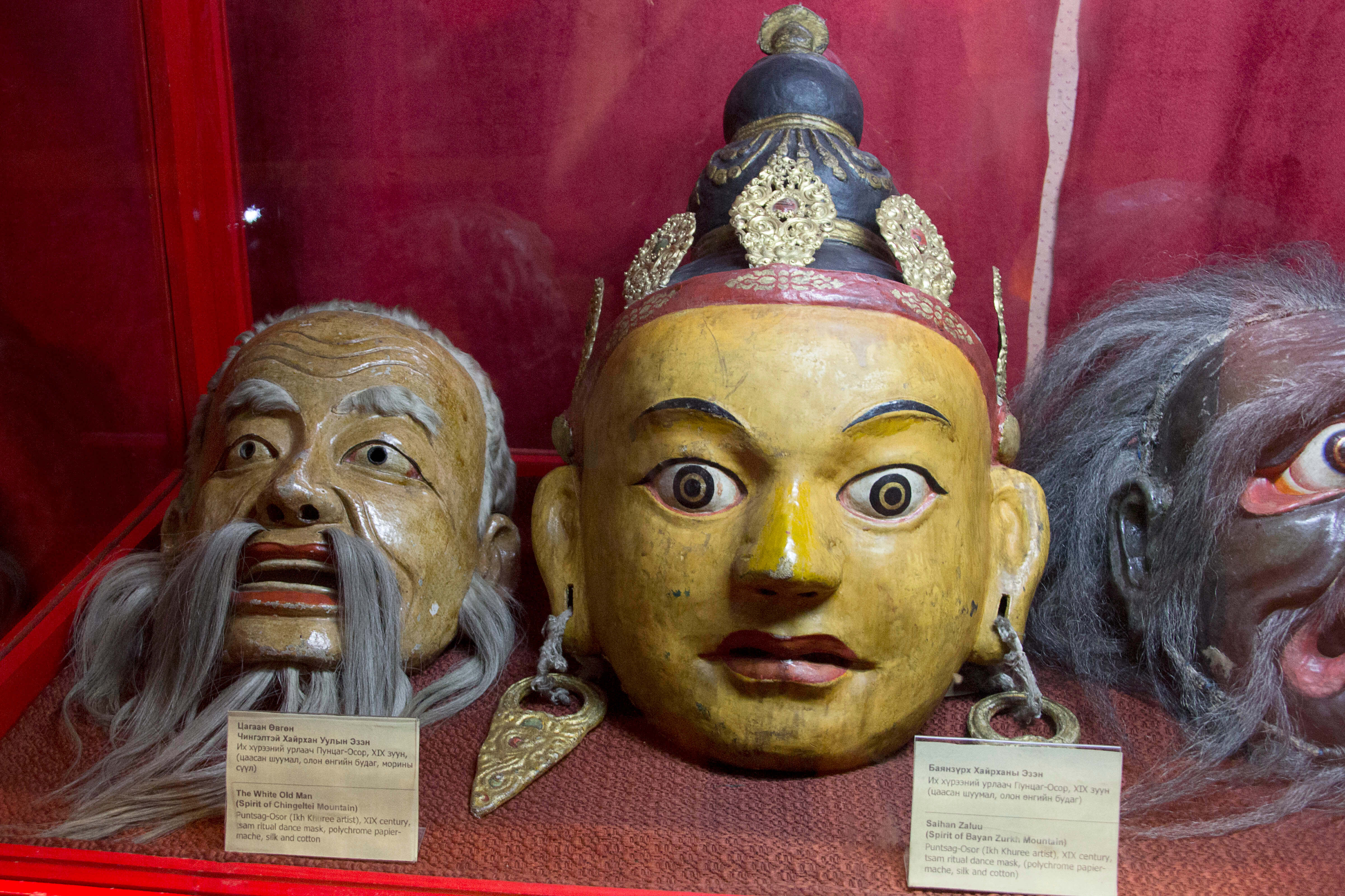Ulaanbaatar
- 2 Comments
- By lucy
The first glimpse of Mongolia came when we awoke in the morning to see the Gobi desert stretching out from the tracks as far as the eye could see. Even when the train passed one of the tiny stations people were few and far between, we were much more likely to spot a herd of horses or cattle than we were one of the felt gers that many rural Mongolians still live in. Eventually the desert gave way to the lush green pastures and wild flowers of the Mongolian steppe. The capital itself, Ulaanbaatar was an eclectic mix of soviet era concrete apartment blocks, brightly coloured wooden houses and more of the traditional felt gers that dotted the countryside. After checking into my hostel (UB Guesthouse) that was located in one of the apartment blocks I set out to explore the city. The National Museum of Mongolia featured a number of exhibits that gave an excellent overview of Mongolian history including Stone Age archaeological finds, the life of Genghis Kahn, traditional dress and lifestyle for each tribal region and a look at soviet era Mongolia. Like most other Mongolian museums and attractions the entry fee was cheap but it was more than tripled if you wished to take pictures. I paid the fee but poor lighting in many parts made it difficult to get good shots,had I known I would have saved my money.
The next day I visited the Choijin Lama temple museum, the Museum of Mongolian Dinosaurs, the Zanzibar fine arts Museum, and the state department store. The temple, like many other attractions in Mongolia, appeared to be chronically underfunded. The grounds were a mess, the paint was flaking and many of the buildings were in serious need of repair. None the less, the audio guide was helpful and informative and the artefacts themselves were plentiful and most were in excellent shape. During the communist era many other temples in Mongolia were destroyed so the Chojin Lama temple now houses a much larger collection than it traditionally would have. Everything from papier-mâché Buddhist icons to gilded Hindu gods by Zanazabar ‘the Michelangelo of Mongolia’ can be found and I was glad to have paid for photographic privileges.



The Zanzibar Fine Arts Museum carries a comprehensive collection of Mongolian art right up to present day. There’s silk applique tapestries, paintings, drawings, religious iconography and of course, more works by Zanzibar. Again, the building itself was in poor shape and for many of the more delicate exhibits photography is banned anyway, pass or not.
The State Department Store is another hangover from the Communist Era. In the seven story building you can buy everything from traditional Mongolian saddles and horse tack to souvenirs, camping equipment, antiques and fur coats. Spending time in there is a suitably bizarre experience but I took the opportunity to pick up some Mongolian cashmere; wonderfully soft and far cheaper to buy it at the source than in Australia.
While I would have liked to spend another half day or so in UB I think my two nights were enough to see most of what the city had to offer. I was also keen to head off to my stay in a traditional ger with a header family who lived just outside the National park.
Nat July 29, 2015 at 9:01 pm
The photos are still great! An awesome way to see a little bit of other countries from the comfort of your lounge chair. I definitely think the entry was worth it 🙂
kate Joel July 30, 2015 at 10:33 am
Great photos Lucy. Can’t wait for next post about life in the Ger!